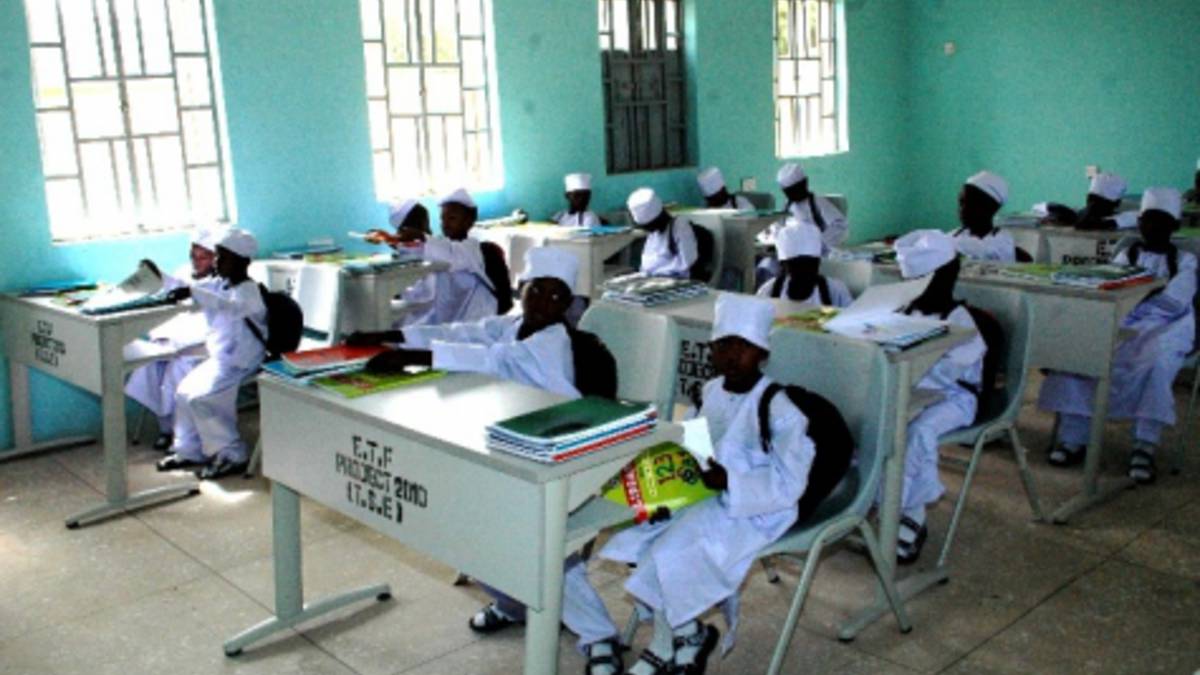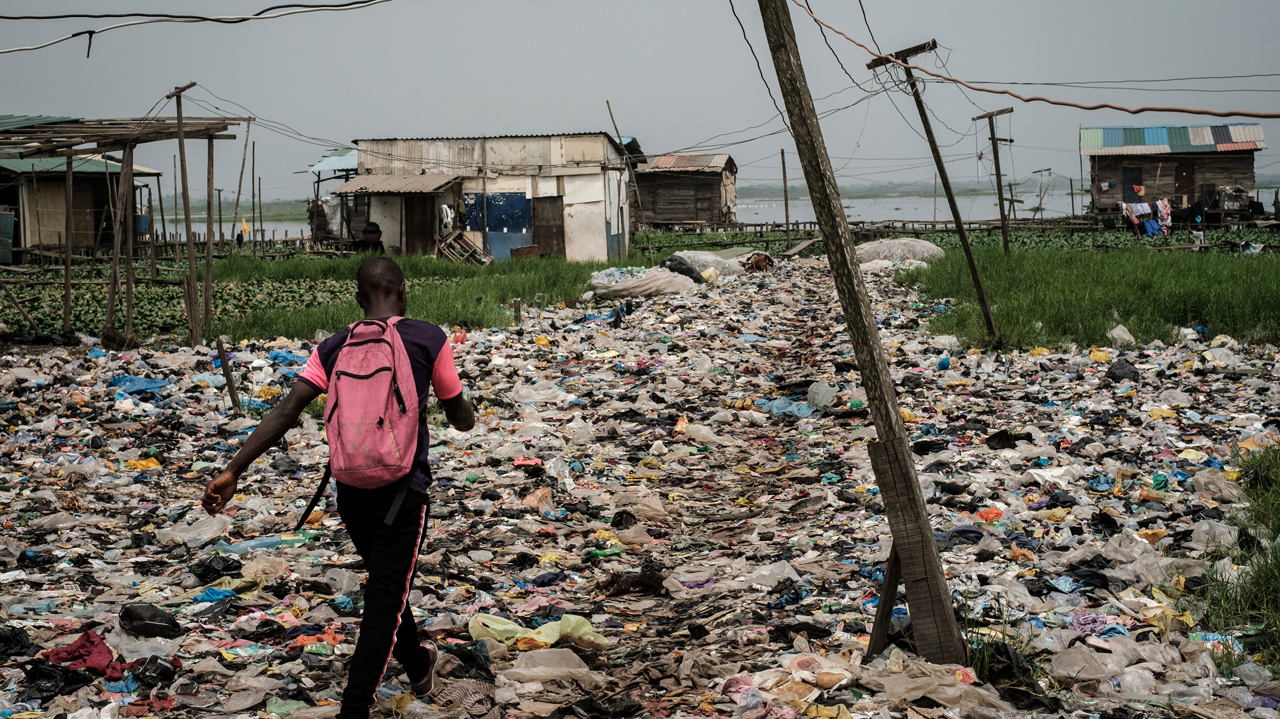
Born in Bebeji, Kano Emirate in 1877, his father, Abdullahi died when he was eight. His mother, Amarya, then left for Accra, and left her children in the care of a slave named Tata. Tata sent young Alhassan to an Almajiri school in Bebeji, where he worked, and learned from a Tijaniyya mallam.
At age 17, Alhassan went to Accra to see his mother, who promptly took him to another Mallam. After a year or two, he returned to Bebeji.
From his foster mother, Tata, he learned thrift, and from his Mallam, he learned hard work. This knowledge, he put to work, working the trade routes that were opening up in this brave new world of British imperialism. By 1906, Alhassan was using steamships to move merchandise between Accra, Sekondi and Lagos.
By the time Alhassan Dantata died, he was the wealthiest man in West Africa. He was the great-grandfather of Aliko Dangote, and he had been an almajiri.
The word “Almajiri” is derived from the Arabic “Al muhajirun”, “an emigrant”. It usually refers to a person who migrates from his home to a popular teacher in the quest for Islamic knowledge. This is the basis of the Almajiri system in what became Northern Nigeria.
Before British colonisation, a system called Tsangaya prevailed in the Kanem-Borno Empire. It was established as an organised and comprehensive system of education for learning Islamic principles, values, jurisprudence and theology.
Modelled after madrasahs in other parts of the Muslim world, Tsangaya was funded largely by the state. Islam traditionally encourages charity, so the community readily supported these al majiri. In return, the al majiri gave back to the society, mostly through manual labour.
The Dan-Fodio Jihad brought with it some modifications; the establishment of an inspectorate of Qur’anic literacy, whose inspectors reported directly to the Emir of the province, concerning all matters relating to the school(s).
In those days, the pupils lived with their parents/guardians for moral upbringing, and all the schools were located within the immediate environment from where the pupils came from.
The students were at liberty to acquire skills in between their Islamic lessons, and so were involved in trades such as farming, fishing, masonry, among others. Many were the farmers whose produce formed the famed groundnut pyramids After colonisation, al majiri were recruited by the British as miners in Jos.
The system also produced the judges, clerks, and teachers who provided the colonial administration with the needed staff. The first set of colonial staff in Northern Nigeria was provided by the al majiri schools.
With the coming of the British, the capture of Emir Aliyu of Kano and the death of Muhammadu Attahiru of Sokoto, the emirs lost control and accepted their new roles as vassals to the British. They also lost fundamental control of education.
The British abolished state funding of Tsangaya, arguing that they were religious schools. “Karatun Boko”, western education was introduced and funded instead. With this loss of support, the system collapsed.
The pupils, and their Mallams, having no financial support, resorted to begging for survival. Animosity and antagonism grew, worsened by the belief that the western education was of Christian-European origin and therefore anti-Islamic. Fears grew that children with Western education would eventually lose their Islamic identity.
The Mallams increasingly sent their students out to beg. To make ends meet, some of these Mallams began to impose “kudin sati”, a form of weekly fees, on the students, reassuring them that to beg was better than to steal. The students in their turn swam into society with no bearing. This was the genesis of the predicament of the Almajiri system today.
But enough of blaming the Brits, we have been “independent” for two generations, and the problem is now ours.
A UNICEF report from 2014 put the number of Almajiri in Nigeria at 9.5 million, or 72 per cent of the country’s 13.2 million out-of-school children. This is a disaster unfolding before our eyes, as some estimates claim that the number of out of school children in the country has risen past the 15 million mark, more of them in the North.
Clearly, there has to be a way to revive the Tsangaya system of old, and it starts with enforcing standards. The system as is currently practised ensures that loads of children never make it.
The system is filled with semi-literate Mallams. This means that students struggle to cater for themselves and to support Mallams. Some are lost through crime and violence in the streets, while others are lost through disease and hunger. This is showing up in rising insecurity as the victims of massive indignity have finally, perhaps unconsciously, had enough. It is a natural consequence of a shrinking pot to share, a lack of productivity, and a growing population of people fed by resentment, and with no hope for the future.
Looking back at the basis of the Almajiri system, and the years of mistrust that have coincided with its decline and eventual failure, it is clear that proper Islamic scholars in Nigeria have a lot of work to do. There is a nexus between Islamic and Western education, and it is our job to find it, and urgently. The alternative is too chilling to contemplate.
[ad unit=2]






